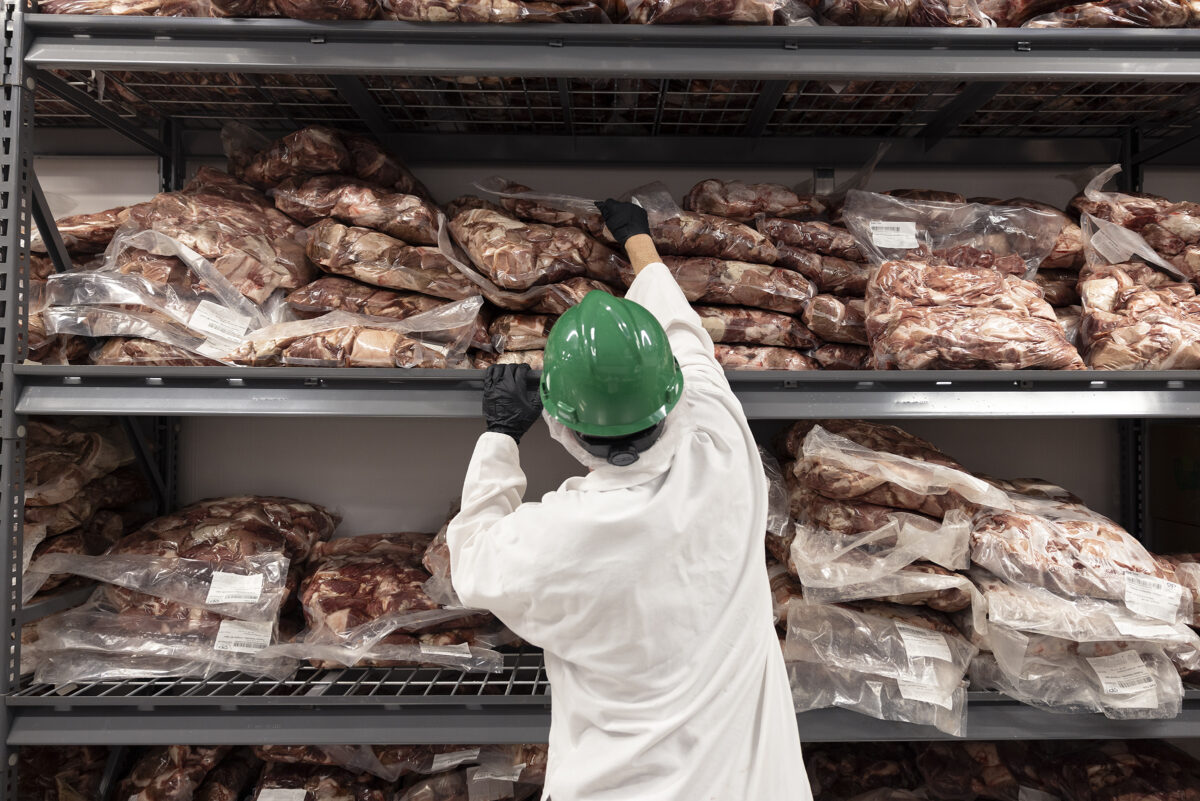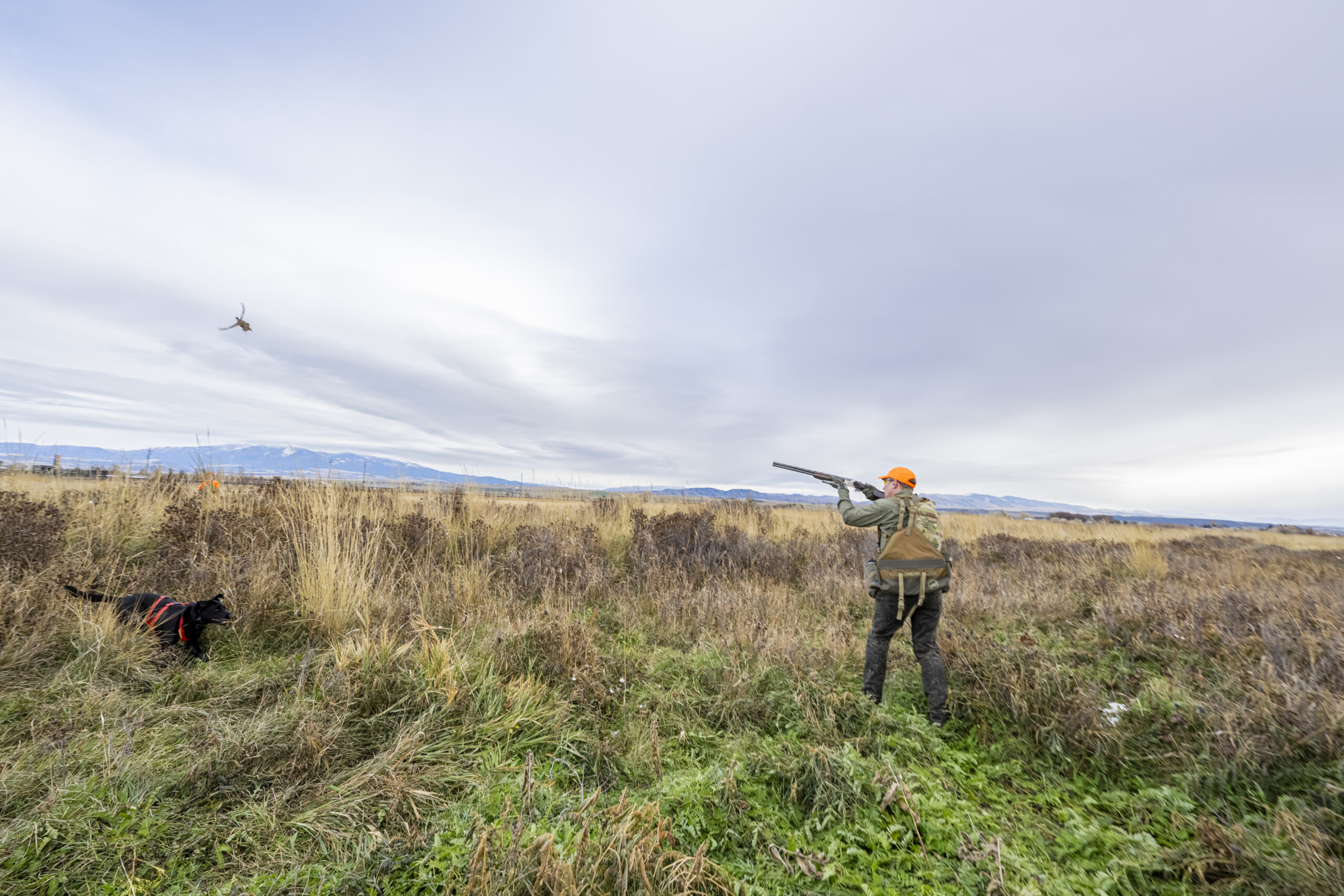Discover Montana’s Milk River
Originating in the Rocky Mountains near Browning, Montana, the Milk River winds its way north to Canada and then returns south to join the Missouri River near Fort Peck, Montana. Along the 721 mile route, the Milk River passes through the clay and silt laden rocks of Southern Canada, giving the river its cloudy appearance and synonymous name, as noted by famous explorers Lewis and Clark:
“The water of this river possesses a peculiar whiteness, being about the color of a cup of tea with the admixture of a tablespoonful of milk. From the color of its water we called it Milk river.”
Meriwether Lewis
The Milk River begins just north of Glacier National park and is comprised of three branches, the South Fork, Middle Fork and the North Fork, most of which is located in Canada. The only Canadian river that is part of the Mississippi River drainage system, the Milk River returns to Montana and passes through the Fresno Dam, and then heads east toward Havre, south again through Glasgow, and feeds into the Missouri just downstream of the Fort Peck Dam where observers can see the stark contrast as the white colored Milk River meets up with the clear waters of the Missouri.

Irrigating much of the Northern Montana prairie, the Milk River also supplies municipal water to almost 20,000 people with help from the St. Mary River diversion. The St. Mary diversion keeps the water flowing and fields irrigated even on years when the Milk River would typically run dry.

An important source of water for Northeast Montana, the Milk River also provides plenty of opportunities for recreation as well as beautiful landscapes along its banks. Notable things to do outdoors near the Milk River include:
Enjoy a relaxing day of floating down the Milk River—famous for its long distance floats and beautiful scenery and wildlife. With no rapids or whitewater, this Class I river is perfect for kayaks, canoes and tubes. The most popular access points include Fresno Dam and Hinsdale Milk River Park, but there are plenty of places to easily access the river that are not marked.
Fishermen on the Milk River have the opportunity to catch trout, walleye, catfish, perch, smallmouth bass, sturgeon, and whitefish. Many anglers head to where smaller tributaries enter the river. Well-known fishing spots on the river include:
- Fresno Dam – Fish the warm waters of the reservoir for walleye, stocked by the fishery or enjoy boating and camping.
- Hinsdale Milk River Park – Offers boating, fishing, water sports, and picnicking areas.
- Rookery Public Access Site – A fishing and boating site popular with locals.
- Trafton Trail – Plenty of fishing spots plus hiking, mountain biking and camping.
Please note, the public is welcome to fish the areas of the river on the Blackfeet Indian Reservation, but a permit is required.
The Milk River supports thousands of acres of rich riparian and wetland zones, creating thriving habitats for white-tailed deer, beavers, migratory birds, and grouse. The area has a reputation for plentiful populations of white-tailed deer, and rumors persist about giant-sized bucks in the area. Some of the top places to experience the wildlife around the Milk River are:
- Bowdoin National Wildlife Refuge – 15,000+ acres of protected land for wildlife including antelope, coyotes and close to 200 species of birds. Enjoy several hiking trails and look for pheasant, grouse and sage, pelicans, ibis and herons during the warmer months.
- The Milk River Wildlife Management Area – Over 1,000 acres of protected riparian and wetland habitat for wildlife including white-tailed deer, small mammals, upland game birds, waterfowl, and shorebirds and raptors—just 20 miles northeast of Malta. Hunting is permitted for both deer and birds (shotgun, muzzleloader or bow and arrow only).
- Hinsdale – This bird-watching paradise features some of the best badland views in Montana. The area is rich in history and is considered sacred by local indigenous people.

While the 500+ miles of the Milk River traverse mostly uninhabited lands in Northeast Montana, affectionately known as “beef country,” there are several small towns worth visiting just south of the Milk River, in the area known as the Hi-Line. Following U.S. Highway 2 across the northernmost part of Central Montana from Glacier National Park heading east to the Montana/North Dakota border, the towns of the Hi-Line characterize Central Montana—wheat fields, cattle and wide open spaces as far as the eye can see.
Havre
Northern-Montana State University is located here—the Hi-Line’s largest town full of amenities including local breweries, dinosaur bones and tours of its underground business district.
Malta
Another must stop on the Hi-Line where visitors can discover more dinosaur skeletons or enjoy modern day wildlife at the C.M. Russell National Wildlife Refuge. Head east for 20 miles to explore Bowdoin National Wildlife Refuge and relax at Sleeping Buffalo Resorts natural hot springs.
Chinook
Home to both a wildlife museum and a dinosaur museum, stop in Chinook to explore creatures past and present. Less than 20 miles away from the town center is the Bear Paw Battlefield, a national park where visitors can learn about Chief Joseph and the Nez Perce as they attempted to escape the U.S. Calvary and cross into Canada.
Glasgow
The largest town in Northeast Montana and the economic hub for hundreds of miles, Glasgow provides visitors with all the essential necessities, including the Busted Knuckle Brewery. The Valley County Pioneer Museum showcases everything from fossils and native american artifacts to the history of this charming railroad town. In June, Glasgow hosts the Milk River Catfish Classic Tournament.
Whether you are planning a weekend float trip down its calm and milky waters or are crossing over the meandering waterway as you road trip down U.S. Highway 2, the Milk River offers plenty to explore along its 700+ miles.
Western Ranch Brokers is pleased to represent two complementary Montana ranches for sale in Central Montana near the Milk River. Both properties are available separately, but together provide an excellent opportunity for the discerning cattle rancher. Learn more about Western Ranch Brokers listings near the Milk River:
Contact us to find out more about the Western Ranch Brokers team and how we can go to work for you.







